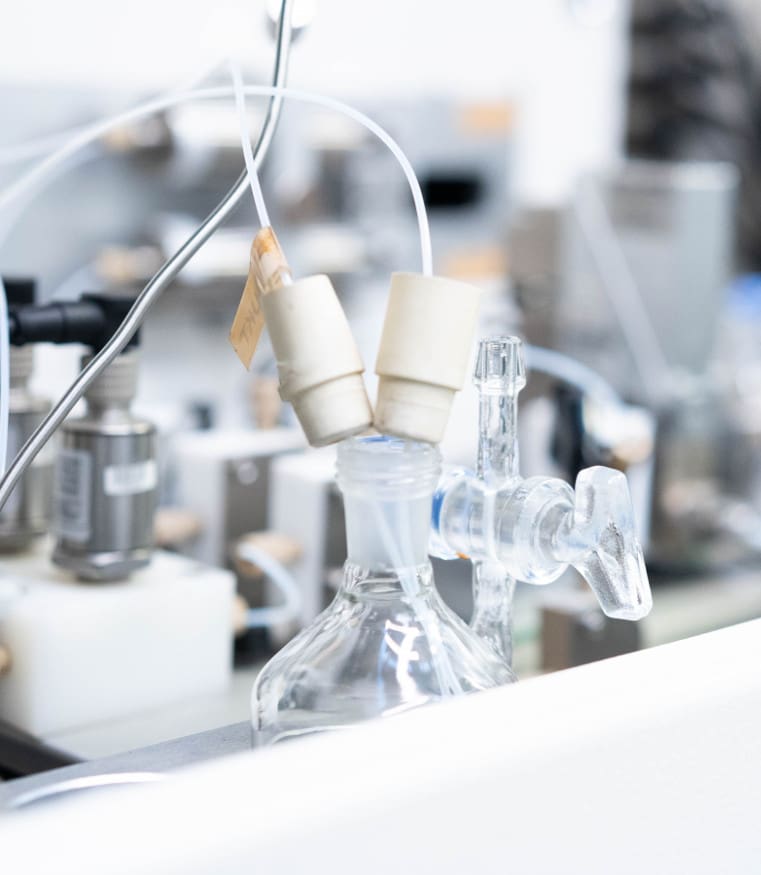A General Organocatalytic System for Electron Donor−Acceptor Complex Photoactivation and Its Use in Radical Processes
We report herein a modular class of organic catalysts that, acting as donors, can readily form photoactive electron donor−acceptor (EDA) complexes with a variety of radical precursors. Excitation with visible light generates open-shell intermediates under mild conditions, including nonstabilized carbon radicals and nitrogen-centered radicals. The modular nature of the commercially available xanthogenate and dithiocarbamate anion organocatalysts offers a versatile EDA complex catalytic platform for developing mechanistically distinct radical reactions, encompassing redox-neutral and net-reductive processes. Mechanistic investigations, by means of quantum yield determination, established that a closed catalytic cycle is operational for all of the developed radical processes, highlighting the ability of the organic catalysts to turn over and iteratively drive every catalytic cycle. We also demonstrate how the catalysts’ stability and the method’s high functional group tolerance could be advantageous for the direct radical functionalization of abundant functional groups, including aliphatic carboxylic acids and amines, and for applications in the late-stage elaboration of biorelevant compounds and enantioselective radical catalysis.

de Pedro Beato, E.; Spinnato, D.; Zhou, W.; Melchiorre, P.
J. Am. Chem. Soc. 2021, 143, 12304-12314
DOI:
10.1021/jacs.1c05607

Let's create a brighter future
Join our team to work with renowned researchers, tackle groundbreaking
projects and contribute to meaningful scientific advancements



















